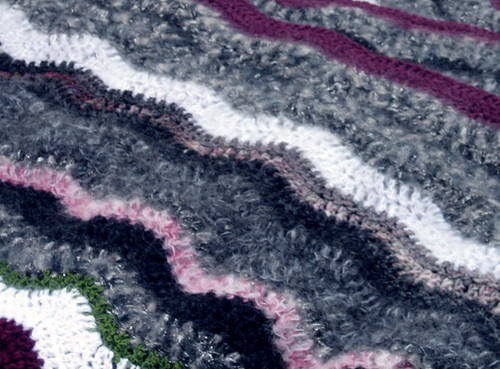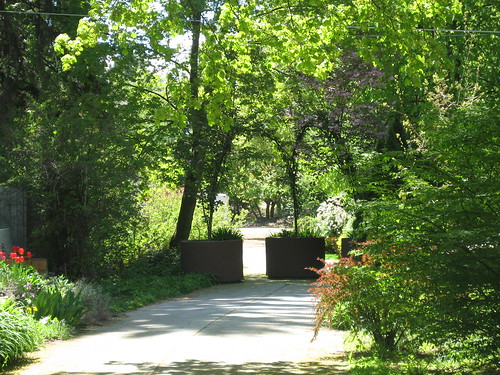Seventy or eighty years ago, a gardener planted a fir tree in our front yard. As gardening plans go, this was at best short-sighted. Fir trees root shallowly, spreading a circle of roots as wide as the tree is tall. But this tree only had enough room for a ten-foot-diameter root circle, surrounded as it was by sidewalks and asphalt.

The tree thrived, as they sometimes do in adverse conditions. It shades our house in the summer, and shields our front windows from the headlights of cars driving up the hill. But now experts have opinions about our tree. These experts call it dangerous. If it fell, it could hit our house. Or it could fall in the street and kill someone. It could even hit the power lines across the street, blow the transformer, and end up causing a blackout on the entire South Side.
These experts, to a one, think we should cut the tree down.
The tree is healthy, though. It lived through the ice storm of ten years ago, and the high winds last fall, with no damage.
But the tree does cause problems. It's a water pig. We don't get a lot of rain here - about 18 inches a year. The tree gleefully sucks down every drop. The grass in the front lawn struggles. The hostas I planted under the tree came up for four years in a row, but smaller and smaller each year. One didn't come up at all this spring, and the other two have become dwarf hostas. My front yard is becoming an unattractive wasteland.
Ha! say the experts. Now you really should cut it down!
So now I'm at war with the tree.
First, I had a long chat with the owner of
Tower Perennial Gardens about planting in dry shade. I bought
Dicentra eximia,
Pulmonaria 'Diana Clare',
Helleborus orientalis and
foetidus,
Heuchera 'Marmalade' and
'Caramel',
Iris pallida 'Variegata',
Epimedium colchicum, and
Asarum europaeum.

Before I planted them, I filled each hole with a mixture of composted steer manure,
Osmocote, and
SoilMoist. These plants are entering a hostile environment - the least I can do is make sure they're properly protected. Finally, I watered each plant in with a dilute solution of rooting hormone. Then the whole bed was spread with a mulch of organic compost, and then a layer of bark to keep as much moisture in place as possible. Finally, fertilizer stakes formulated for evergreen trees were pushed into the ground at the tree's dripline. This should compensate for disturbing the shallow roots while we were digging in the new plants.
We'll have to step up the watering schedule under the tree this summer, and possibly next summer too, until the plants are established. It means a higher water bill, and economizing on other things. But the small sacrifices now will mean that our tree "war" might be won, without hurting or killing the tree.
 While playing marmot paparazzi yesterday, I took Beth to meet my very bestest secret tree friend. The ginkgo is getting very green. The little buds that once radiated at regular intervals from their branches are now little fan leaves. It is nice to have a Ginkgo outside of a formal garden. Usually, you can't get close to them in those situations as they form the centerpiece of some garden trickery. Here, Beth could get close enough to show how green it really is.
While playing marmot paparazzi yesterday, I took Beth to meet my very bestest secret tree friend. The ginkgo is getting very green. The little buds that once radiated at regular intervals from their branches are now little fan leaves. It is nice to have a Ginkgo outside of a formal garden. Usually, you can't get close to them in those situations as they form the centerpiece of some garden trickery. Here, Beth could get close enough to show how green it really is.

 Beth and I often talk about businesses we might start when our 401L plan cashes in. The Really Good Craft Shop, The Really Good Deli, That One Place With The Good Food And The Good Prices, and The Cheese Shop.
Beth and I often talk about businesses we might start when our 401L plan cashes in. The Really Good Craft Shop, The Really Good Deli, That One Place With The Good Food And The Good Prices, and The Cheese Shop.








